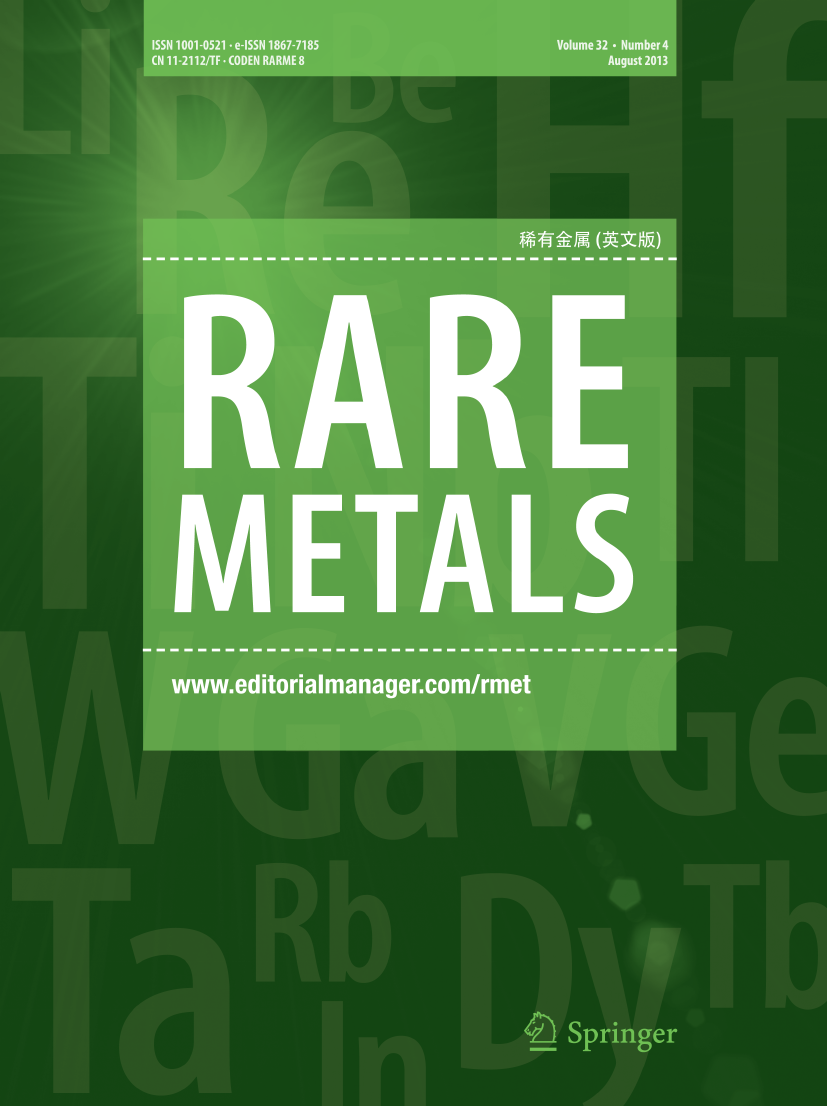Stabilizing alkaline hydrogen evolution activity of heterogeneous metal-oxide-nitride cathode by dynamic reconstruction and doping engineering
Abstract
The development of cost-effective, highly efficient and stable catalysts is critical to promote the industrial alkaline hydrogen evolution reaction (HER). However, single-component catalysts often cannot handle the multiple kinetic steps during hydrogen production. To address this challenge, a heterogeneous catalyst comprising metal Co, CoO and carbon-doped Mo2N (Co–CoO–C/Mo2N/CC) was synthesized by heat treatment of carbon cloth-supported CoMoO4 microrods in a mixed reduction atmosphere. The resulting catalyst has rich interfaces, exhibiting excellent initial HER activity with an overpotential of 27 mV at 10 mA·cm−2 and a Tafel slope of 37 mV·dec−1. Further studies show that the activity and stability of the catalyst can be tailored by the dynamic surface reconfiguration and doping effects. The carbon doping and high crystallinity in Mo2N help to reduce the dissolution of Mo and the surface metal Co is preferentially converted into stable Co(OH)2, thus stabilizing the structure of the catalyst and coordinating various reaction kinetics. In an electrolyzer comprising a heterogeneous Co–CoO–C/Mo2N cathode and NiFe layered double hydroxides (LDH) anode, only 1.58 V is required to achieve a current density of 50 mA·cm−2, outperforming Pt/RuO catalysts. After continuous electrolysis for 100 h, the potential increases by merely 19 mV from the initial 1.58 V, indicating excellent stability. This study presents a novel strategy for developing highly active and stable heterogeneous catalysts, offering insights into the dynamic evolution of catalyst structures and laying the groundwork for designing efficient and stable composite catalysts for energy conversion applications.
Graphical abstract

 求助内容:
求助内容: 应助结果提醒方式:
应助结果提醒方式:


